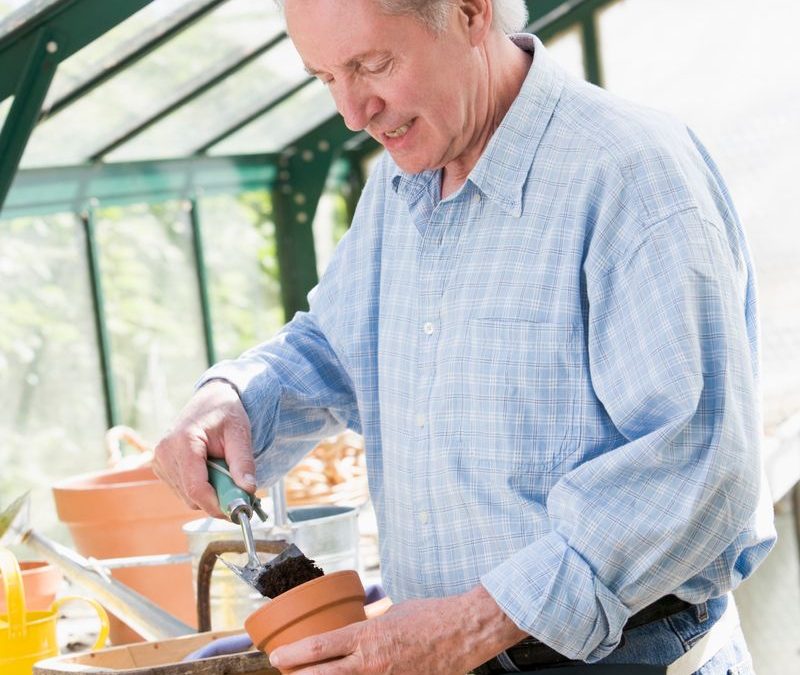
I absolutely love having a worm farm. The compost is excellent, and the worms are very low maintenance. I believe every homestead should have a worm farm.
It is no secret that worms are beneficial to our garden soil. They help break down waste and they make nutrients available to plants. In fact, worms can do so much more than just help you with your gardening efforts. If you have a yard, or even a small plot of land, you can set up a worm farm to turn your yard into a veritable paradise for the environment. Not only that, some folks will turn their worm farm into an income source.
What exactly is Worm Farming?
A worm farm is a system of worms that are placed in an outdoor location. The worms eat the waste that you want to turn into compost, and they excrete a dark brown liquid called castings. The castings are then added back to the soil, which helps improve its texture and fertility. A worm farm is a great way to keep your yard clean, but it also provides many other benefits to the environment.
Here are Some of the Benefits of Worm Composting
When you use worm composting, you not only help yourself, but you also help the environment. Here are some of the benefits:
• It’s free! You don’t have to buy any compost or fertilizer.
• Worms are very effective at breaking down waste.
• Worms don’t produce odors like chemicals and fertilizers.
• Worms do not spread disease.
• Worms can help to improve the soil’s pH level.
• Worms help to prevent erosion.
• Worms provide nutrients to plants.
• Worms increase the water retention capacity of the soil.
How Do I Start My Own Worm Farm?
If you’re interested in setting up a worm farm, there are several ways to go about it. For example, you can build a worm farm out of wood or metal. You can also purchase a ready-made system from a local garden store. You may even find a ready-made kit online. Whichever method you choose, you will need to provide the worms with food and water.
What to Feed Your Worms
You should feed your worms a variety of foods, including:
• Paper
• Wood shavings
• Leaves
• Coffee grounds
• Sawdust
• Grass clippings
• Straw
• Hay
• Eggshells
• Peanut shells
• Wheat straw
• Fruit and vegetable peels
Watering your Worm Farm
Worms like a moist environment, but not too wet. I place a wet newspaper on top of my worm bed – and that seems to work great. If your soil it too wet, the worms will search for a way out. I just keep a close look on my worms and notice if the newspaper is damp. If it starts getting dry, I’ll just put some water on the top.
You should provide your worms with water by placing a shallow container underneath the worms. You should also place a container above the worms to collect the castings.
Setting Up Your Worm Farm
To set up your worm farm, you’ll need to dig a hole in your yard that’s big enough to hold the container you’ll be using for the worms. Next, you’ll need to fill the hole with wood chips or sawdust. This will provide the worms with bedding material. After this, you’ll need to add the worms to the container.
In order to prevent the worms from escaping, you’ll need to cover the top of the container with a screen mesh. You can also place a piece of wire around the top of the container to prevent the worms from escaping.
After your worms have been added to the container, you’ll need to add water. Then, you’ll need to cover your container with a lid. The lid should have holes in it so that the worms can breathe.
Your worm farm will now be ready to begin working. The worms will eat the waste you’ve provided them with and then they’ll start producing castings. You can add these castings to your garden and you’ll soon see your plants growing better and stronger.





